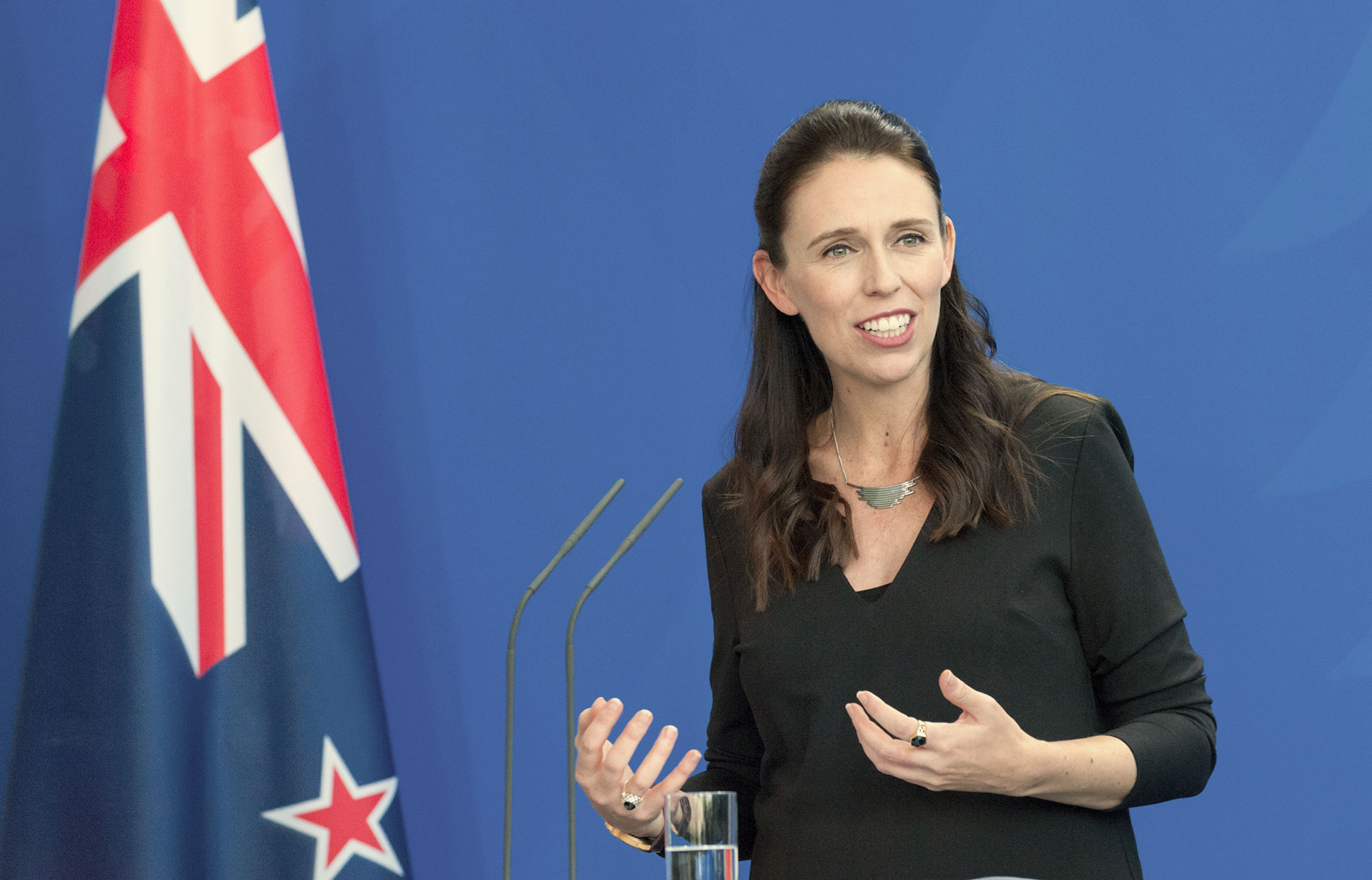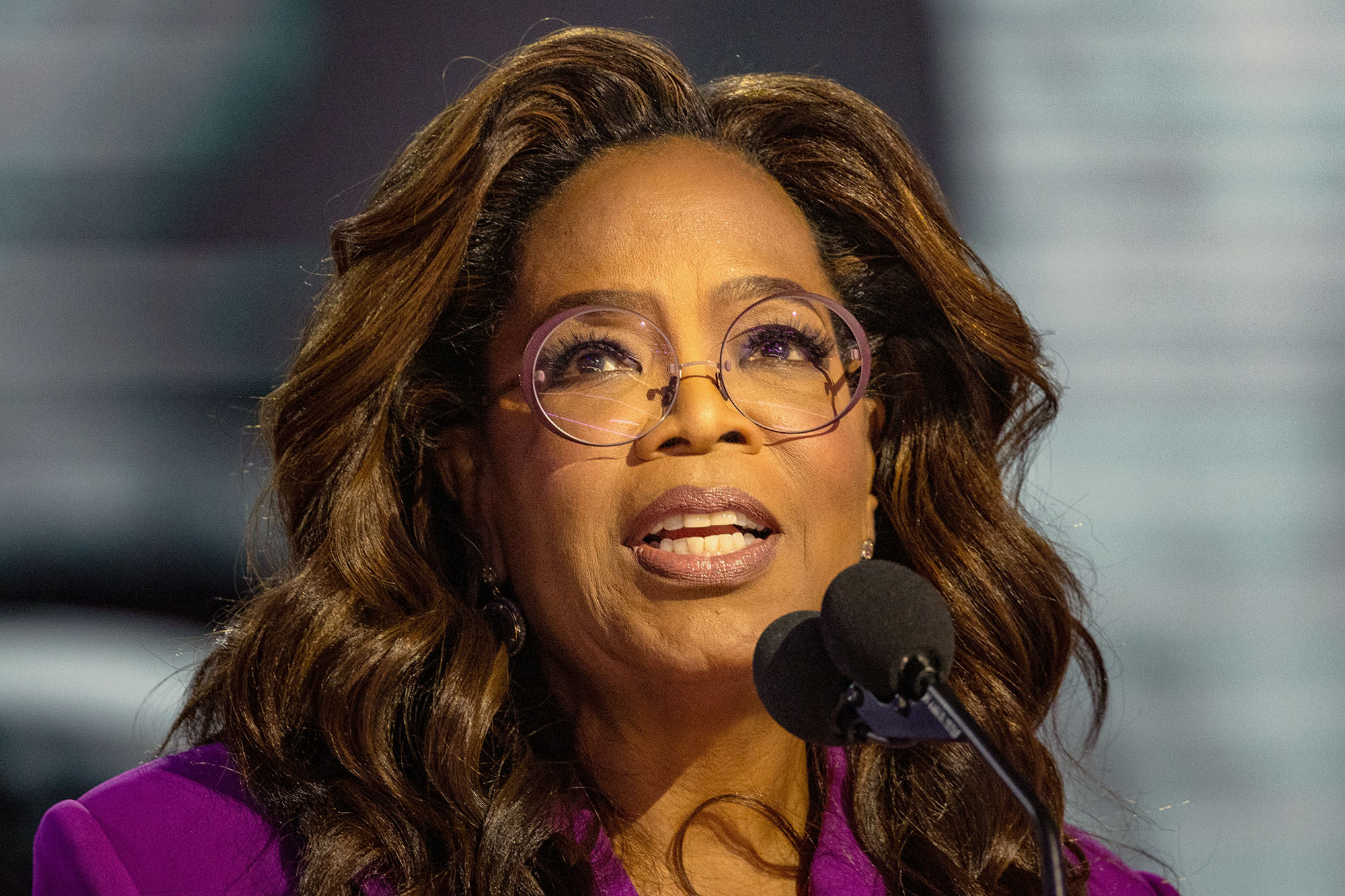On this page
On any given day in a large organization, managers make dozens if not hundreds of decisions, both large and small: How many units are getting out the door? How well are employees performing? Are there supply chain issues or problems recruiting new hires? Is distribution functioning smoothly?
While some leaders spend their days immersed in these day-to-day, short-term operational issues, strategic leaders focus on the big picture — where the organization is going and how to best utilize talent to get there.
In this blog, we’ll look at exactly what it means to be a strategic leader, examine the top skills and qualities associated with senior-level leadership, and how you can become a strategic leader in your own right.
Meet Our Expert

Margaret Andrews
Instructor of:
The Importance of Strategic Leadership
Strategic leadership is the ways managers use their creative problem-solving skills and strategic vision to help team members and an organization achieve long-term goals.
According to Margaret Andrews, strategic leadership is not so much a clear-cut leadership style as a mindset — “that you want to be strategic about your leadership.” Andrews is the instructor of Strategic Leadership at Harvard DCE’s Professional & Executive Development.
“Strategic leadership is about understanding yourself and your goals,” she says. “It’s about understanding the situation, considering options, and deciding. It’s also about getting the best out of people, the best out of the situation, so that the organization does well. Leaders who lead strategically have done the inner work necessary to lead with integrity, vision, and purpose.”
Determining Your Leadership Style
Strategic leadership is not always straightforward. Leading strategically actually requires a manager to choose from among a variety of leadership styles, depending on the situation and the people involved.
Such leadership styles might include:
-
Authoritarian: Imposes expectations and defines outcomes
-
Participative: Involves team members in the decision-making process
-
Delegative: Assigns tasks to other team members
-
Transactional: Rewards or punishes team members as motivation to complete a task
-
Transformative: Inspires or motivates others with a shared vision
-
Service: Puts the needs of employees first, helping them develop to perform at higher levels
4 Skills and Qualities of Strategic Leaders
Adept strategic leaders have cultivated a special skill set beyond the obvious ones, such as being trustworthy, developing a strategic plan, and delegating.
Skills centered around emotional intelligence and other durable skills are the traits allow strategic leaders to successfully adapt to an ever-changing economic and technological climate, remaining forward-looking and able to see industry trends and directions long before others in an organization do.
Passion, purpose, and conviction are ultimately what make strategic leaders “visionary.”
Four key skills and qualities strategic leaders possess are:
Self confidence
“They really understand themselves, who they are and what matters,” says Andrews. “They know their values.”
Attentive
Strategic leaders want to hear from team members, and they listen attentively as part of their leadership strategy. As a result, team members naturally feel more invested. Andrews references a famous quote of Theodore Roosevelt: “No one cares how much you know until they know how much you care.”
“There’s an element of truth in that,” she adds. “People want direction. They want to be part of something bigger than themselves. They want to have their own ideas for how to achieve great things considered as well.”
Strong communication and listening skills
It goes without saying that leaders who think strategically speak clearly in ways that others can easily understand. But there is an added dimension: good listening skills.
Strong communicators listen closely enough to hear the reservations of those wavering on the fence and are able to create buy-in by addressing those concerns.
In addition, they are aware how their words, actions, and moods affect their teammates, and can calibrate their words and actions accordingly.
Because they’re good listeners, with a good dose of empathy and compassion included in the mix, they can be very effective at motivating team members. Engaged employees are more likely to do good work, persist through problems, innovate, and contribute to the overall strategy.
Open-mindedness
Strategic leaders encourage and seek out diverse points of view.
“The easy problems are solved and we’re left with the harder problems, which need new ways of thinking — which often come from a diverse team,” says Andrews. “We need different points of view, which come from different vantage points, educational paths, and personal and professional experiences.”
4 Examples of Strategic Leaders
Leaders who exemplify some strategic leadership qualities abound. If you’re looking for inspiration of your own, here are four examples.
Howard Schultz: The purposeful leader

Howard Schultz, CEO of Starbucks, made the radical decision to offer benefits for workers at the end of his first year as CEO of the coffee chain. At the time, it was virtually unheard of in the fast-food industry.
Schultz, however, had grown up with a truck driving father who had no health insurance after breaking an ankle. Schultz was able to use his passion and sense of mission to persuade the Starbucks board to offer health insurance to baristas, even those working part-time.
Jacinda Ardern: Caring guidance

Jacinda Ardern, former Prime Minister of New Zealand, has been applauded around the world for her substantial leadership skills and steady hand during a crisis. She is often praised for her handling of the COVID-19 pandemic, in which she was able to keep levels of infection in the country relatively low.
According to industry professionals, she “focuses on ‘we’ not ‘I,’” listens to expert advice and acts on what she hears, and acknowledges both her strengths and weaknesses, engendering trust.
Oprah Winfrey: The great communicator

Winfrey started off as the first Black local news anchor at a Nashville television station, only to become one of the wealthiest businesswomen in the world as CEO of Harpo Inc. a multimedia production company.
Although she has been hailed as the most powerful businesswoman in the world by Forbes thanks to her business acumen, she is best known in her more humble role as a day-time talk show host. In 25 seasons on the set of “Oprah,” she displayed a down-to-earth, relatable communication style that embodied attentive listening, empathy, compassion, and the ability to connect with people from radically different backgrounds.
Jeff Bezos: Open to big ideas

Chairman and former CEO of Amazon, Jeff Bezos, transformed his online bookstore into the world’s largest internet company by revenue, and the largest provider of virtual assistants and cloud infrastructure services.
His innovation mindset and willingness to embrace bold new ideas means that his empire continues to grow, from moving Amazon into providing streaming movies to taking on sub-orbital spaceflight with the company Blue Origin.
How to Become a Strategic Leader
By now, it should be obvious that there is no one-size-fits-all approach to strategic leadership.
People who lead strategically come in all shapes and sizes and can be found in every arena, from politics, to entertainment, to business, and beyond.
But despite their variety of backgrounds, interests, and styles, there is one basic thing strategic leaders seem to know: “Leadership is the human side of business,” says Andrews. “That’s how we get things done, through other people, and that’s what leadership is about, since no two situations are alike.”

